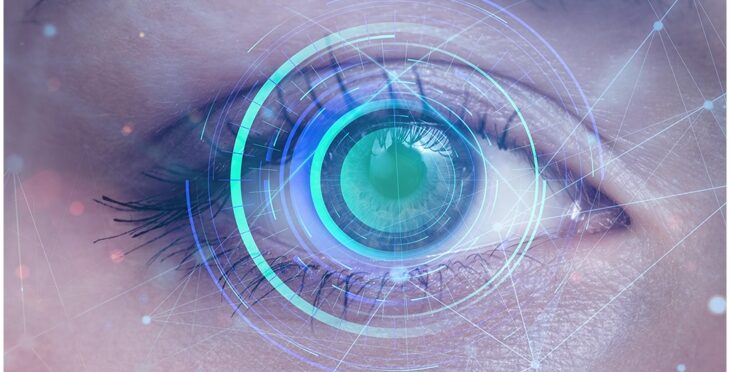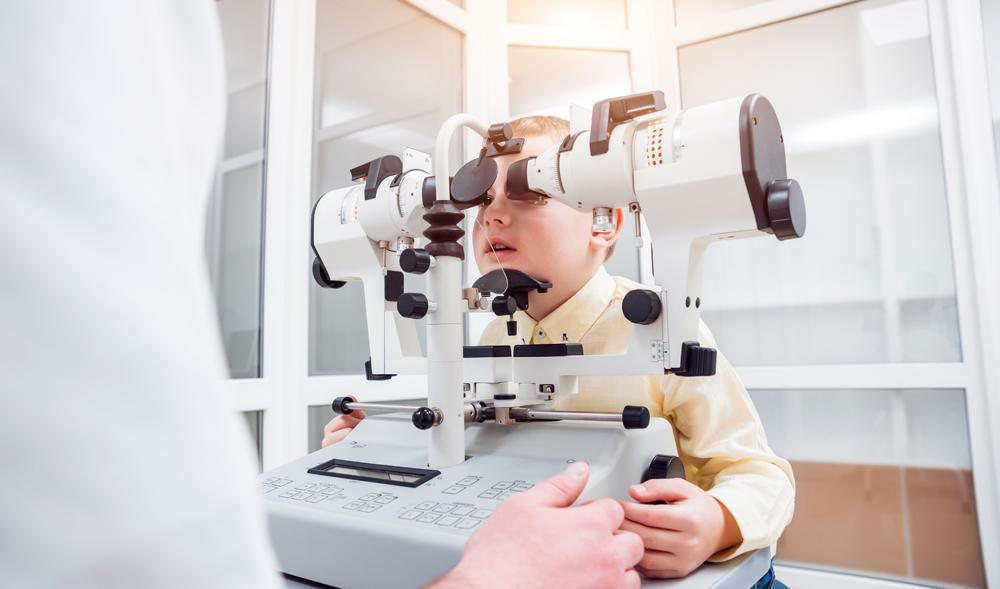High-Quality Retina Service Near Me: Leading Eye Treatment Providers
High-Quality Retina Service Near Me: Leading Eye Treatment Providers
Blog Article
The Role of Advanced Diagnostic Tools in Identifying Eye Disorders
In the realm of ophthalmology, the utilization of innovative analysis tools has changed the early recognition and administration of numerous eye conditions. As the demand for specific and prompt medical diagnoses proceeds to grow, the combination of advanced devices like optical comprehensibility tomography and aesthetic field testing has come to be vital in the world of eye care.
Significance of Very Early Diagnosis
Very early medical diagnosis plays a pivotal function in the reliable management and treatment of eye disorders. Prompt recognition of eye conditions is important as it permits punctual treatment, possibly avoiding further progression of the condition and minimizing long-lasting problems. By detecting eye disorders at a very early stage, doctor can supply proper therapy strategies tailored to the particular problem, eventually leading to better outcomes for patients. Very early diagnosis allows clients to accessibility needed support services and sources quicker, boosting their general quality of life.

Modern Technology for Spotting Glaucoma
Innovative analysis technologies play an important function in the very early detection and tracking of glaucoma, a leading cause of irreversible loss of sight worldwide. An additional innovative device is visual field screening, which maps the level of sensitivity of an individual's aesthetic area, aiding to find any locations of vision loss attribute of glaucoma. These advanced diagnostic tools make it possible for ophthalmologists to diagnose glaucoma in its early phases, permitting for timely treatment and far better management of the condition to protect against vision loss.
Role of Optical Coherence Tomography

OCT's capability to measure retinal nerve fiber layer thickness enables specific and unbiased dimensions, helping in the early discovery of glaucoma also prior to aesthetic field flaws emerge. OCT technology allows longitudinal monitoring of architectural modifications over time, facilitating individualized treatment plans and timely interventions to aid protect individuals' vision. The non-invasive nature of OCT imaging additionally makes it a favored selection for monitoring glaucoma progression, as it can be duplicated routinely without triggering pain to the patient. In general, OCT plays a vital role in enhancing the diagnostic accuracy and management of glaucoma, inevitably adding to much better end results for people at risk of vision loss.
Enhancing Medical Diagnosis With Visual Field Testing
A crucial element in comprehensive sensory analyses, visual field screening plays a pivotal role in enhancing the diagnostic procedure for different eye problems. By analyzing the complete level of a person's aesthetic field, this test offers important details concerning the useful stability of the entire visual path, from the retina to the visual cortex.
Visual field screening is especially useful in the diagnosis and monitoring of conditions such as glaucoma, optic nerve problems, and numerous neurological illness that can impact vision. Through measurable dimensions of outer and central vision, clinicians can identify subtle changes that may show the presence or progression of these conditions, even before noticeable signs and symptoms occur.
Furthermore, aesthetic field testing permits the surveillance of therapy efficacy, aiding eye doctors customize restorative treatments navigate here to individual clients. eyecare near me. By tracking modifications in aesthetic area performance over time, doctor can make enlightened choices regarding adjusting medications, recommending medical treatments, or implementing other ideal procedures to preserve or improve a patient's visual feature
Taking Care Of Macular Degeneration

Verdict
In verdict, advanced diagnostic devices play a crucial function in determining eye disorders early on. Technologies such as Optical Coherence Tomography and aesthetic area screening have considerably enhanced the accuracy and effectiveness of diagnosing problems like glaucoma and macular deterioration.
Report this page